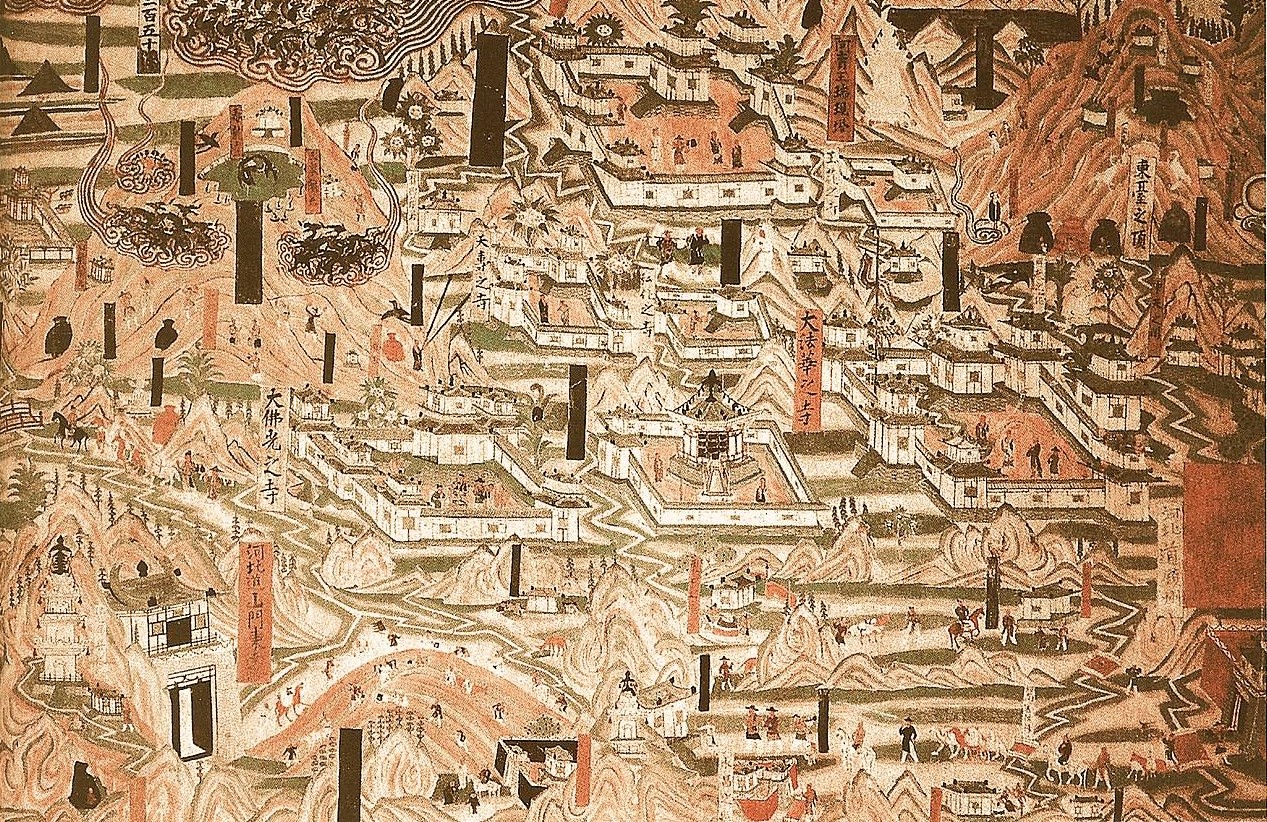China’s medieval period, also known as the Middle Ages, was a time of remarkable economic growth, innovation, and cultural exchange. The economic history of this era provides valuable insights into the factors that drove China’s prosperity and the enduring impact of its economic advancements.
Economic Structure
During the medieval period, China’s economy was predominantly agrarian, with farming serving as the cornerstone of economic production. The widespread cultivation of rice, wheat, and other crops sustained the population and contributed to the overall economic stability of the society. Additionally, the development of advanced irrigation systems and agricultural techniques bolstered productivity, allowing for surplus production and trade.
Trade And Commerce
Trade and commerce were integral components of China’s medieval economy. The Silk Road, a network of trade routes connecting China with the Mediterranean world, facilitated the exchange of goods, technologies, and ideas. This robust trade network enabled the flow of silk, tea, porcelain, and other valuable commodities, enhancing China’s economic influence on a global scale.
Innovations and Technology
The medieval period in China witnessed significant technological advancements that revolutionized economic activities. The invention of papermaking, compasses, gunpowder, and printing techniques not only facilitated trade and communication but also propelled China’s economic preeminence. These innovations laid the groundwork for future developments and significantly impacted global trade and commerce.
Monetary System
China’s medieval economy also featured a sophisticated monetary system. The use of coins, introduced during the Han Dynasty, became widespread, facilitating transactions and providing a standardized medium of exchange. This monetary stability contributed to the overall economic prosperity and facilitated domestic and international trade.
Impact on Global Economy
China’s economic developments during the medieval period had far-reaching implications for the global economy. The innovations in agriculture, trade, and technology influenced neighboring regions and beyond, fostering an interconnected network of economic exchange and mutual influence. The economic prosperity of medieval China contributed to its prominence in global trade and its enduring legacy in economic history.
Cultural Exchange
Beyond economic contributions, medieval China’s economic history also reflects the cultural exchange that took place through trade and commerce. The transmission of goods, ideas, and technologies across the Silk Road facilitated cross-cultural interactions, influencing art, philosophy, and societal structures. This cultural exchange enriched not only China but also the interconnected civilizations that participated in the global economy.

Credit: en.wikipedia.org
Legacy and Enduring Impact
The economic history of medieval China left a lasting impact on subsequent periods and the broader scope of world history. China’s economic advancements laid the groundwork for future innovations, trade relationships, and cultural dissemination. The enduring legacy of medieval China’s economic history is evident in the ongoing significance of Chinese economic influence and its contributions to the global economy.
Continued Influence
Today, the economic history of medieval China continues to shape global economic dynamics. The enduring influence of China’s agricultural, trade, and technological advancements resonates in contemporary economic systems and international trade relations. By examining the economic history of medieval China, we gain valuable insights into the foundational elements of modern economic practices and the enduring impact of historical advancements.

Credit: brewminate.com
Frequently Asked Questions Of Economic History Of Medieval China
Q: How Did Trade Contribute To China’s Economic Growth During The Medieval Period?
Trade played a significant role in China’s economic growth, leading to the development of prosperous cities and the exchange of goods along the Silk Road.
Q: What Were The Major Commodities Traded In Medieval China?
Medieval China witnessed the trade of various commodities, including silk, tea, porcelain, spices, paper, and precious metals, which greatly fueled the country’s economy.
Q: What Impact Did Technological Advancements Have On Medieval China’s Economy?
Technological advancements, such as the invention of paper, the development of moveable type printing, and improvements in agricultural techniques, significantly boosted productivity and stimulated economic growth.
Q: How Did The Feudal System Affect China’s Economy During The Medieval Period?
The feudal system in medieval China created a hierarchical structure where land was owned by the nobility, limiting social mobility and hindering the overall economic development of the country to some extent.
Conclusion
In conclusion, the economic history of medieval China reflects a period of remarkable growth, innovation, and global influence. The agrarian foundation, trade networks, technological innovations, and cultural exchange contributed to the economic prosperity and enduring legacy of medieval China. By studying this era, we gain a deeper understanding of the historical forces that shaped China’s economic prominence and its ongoing impact on the global economy.
Guest Author Sakhawat-Shuvo wrote and edited this Article based on his best knowledge and understanding. These opinions and remarks are not endorsed or guaranteed by epichistoria.com or EpicHistoria. The Epic Historia does not guarantee this article’s content. Readers should verify and use their judgment before trusting the content. Also, the Images used in this Article are the copyright of their Respective Owners. Please use our Comment Box or Contact Us form to report this content. This information is not accountable for losses, injuries, or damages.


